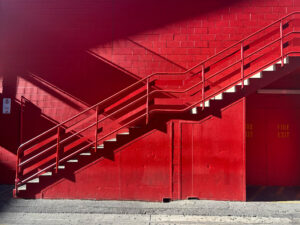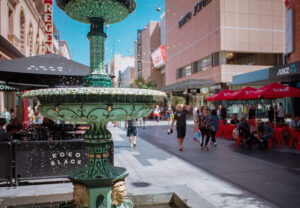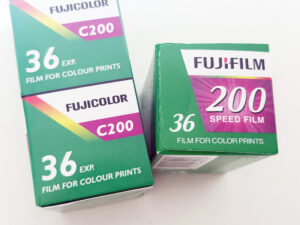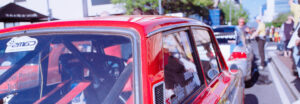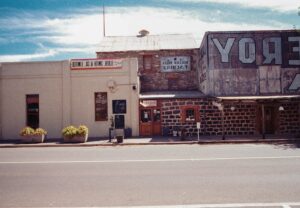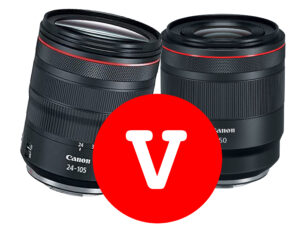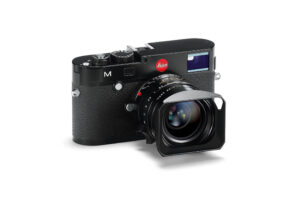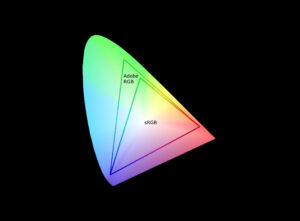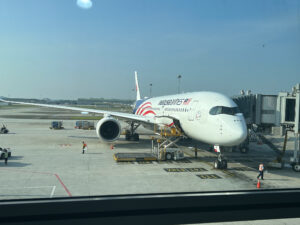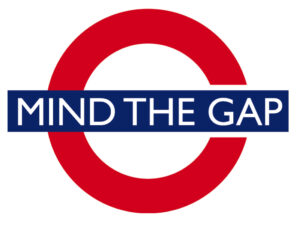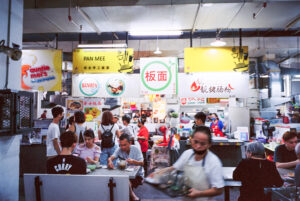When i was a kid I asked for a plaster, or Band-Aid, at every opportunity to show off that I’d survived another, often imaginary battle. I would have done it a lot more had Welly been around in then too. When a brand becomes so iconic that its name defines the category—like Band-Aid has—it can seem almost impossible for challenger brands to compete. However, Welly, a creative newcomer in the adhesive bandage market, is turning the industry on its head. By doing the opposite of what the dominant player does, Welly has managed to carve out its own unique space in the market.

Here’s how Welly’s clever “opposite day” strategies—focusing on fun, visibility, and sustainability—are reshaping the way people think about adhesive bandages.
1. Generic vs. Fun: Rebranding the Category
For decades, the term “Band-Aid” has been used interchangeably with adhesive bandages. But Welly is shaking things up by reframing the conversation entirely. Instead of sticking to generic language, they’ve rebranded their bandages as “Bravery Badges.”

This playful terminology is especially effective with their core audience: children and their parents. The phrase “Would you like a bravery badge?” is far more empowering and engaging than the clinical “Do you need a Band-Aid?” By introducing a fresh term into the market, Welly is creating a memorable and ownable asset that stands apart from the category leader.
Over time, “Bravery Badges” has the potential to redefine how shoppers think about adhesive bandages, giving Welly a powerful brand identity that Band-Aid simply can’t match.
2. Invisible vs. Standout: Bold Designs for Kids and Families
While Band-Aid leans heavily on blending in—producing flesh-toned bandages that are designed to be as invisible as possible—Welly takes the exact opposite approach. Their products are engineered to stand out.
With vibrant patterns and fun illustrations, Welly bandages appeal directly to kids. These designs turn a scraped knee or a small cut into an opportunity for a child to pick out their favorite “Bravery Badge,” transforming an otherwise dull product into a fun, personalized experience.

Even better, Welly avoids costly licensing deals (a strategy often used by Band-Aid to create character-themed bandages) by building its own intellectual property. This not only saves money but also solidifies the brand’s uniqueness in a crowded marketplace.
3. Trash vs. Treasure: Reusable Packaging That Builds Loyalty
Another way Welly breaks the mold is through its packaging. Instead of relying on disposable cardboard boxes like Band-Aid, Welly sells its products in beautifully designed, reusable tins. These collectible tins aren’t just packaging—they’re an ongoing reminder of the brand sitting right in the customer’s home.

What’s more, Welly offers refill cartons for its tins, ensuring that shoppers can easily replenish their supply without creating unnecessary waste. This approach makes Welly a sustainable and thoughtful choice, resonating with eco-conscious consumers and encouraging repeat purchases.
By turning packaging into a treasure rather than trash, Welly builds a deeper, more lasting connection with its audience.
What Challenger Brands Can Learn from Welly
Welly’s success demonstrates how challenger brands can leverage the power of differentiation by taking the opposite approach to dominant competitors. By doing what the leader won’t—or can’t—Welly has established itself as a fun, creative, and sustainable alternative in a market that desperately needed a shake-up.
Here’s the takeaway for other challenger brands:
- Reframe the narrative to create new, ownable terminology that disrupts the status quo.
- Use design and product features to stand out in meaningful ways.
- Turn disposable aspects of your product into reusable, valuable assets that keep your brand top of mind.
In a market dominated by giants, thinking differently isn’t just an advantage—it’s essential. Welly’s “opposite day” strategies prove that with creativity and boldness, even the smallest brands can make a big impact.
With these strategies, Welly isn’t just competing with Band-Aid—it’s redefining what consumers expect from adhesive bandages. For parents and kids alike, “Bravery Badges” are here to stay.












